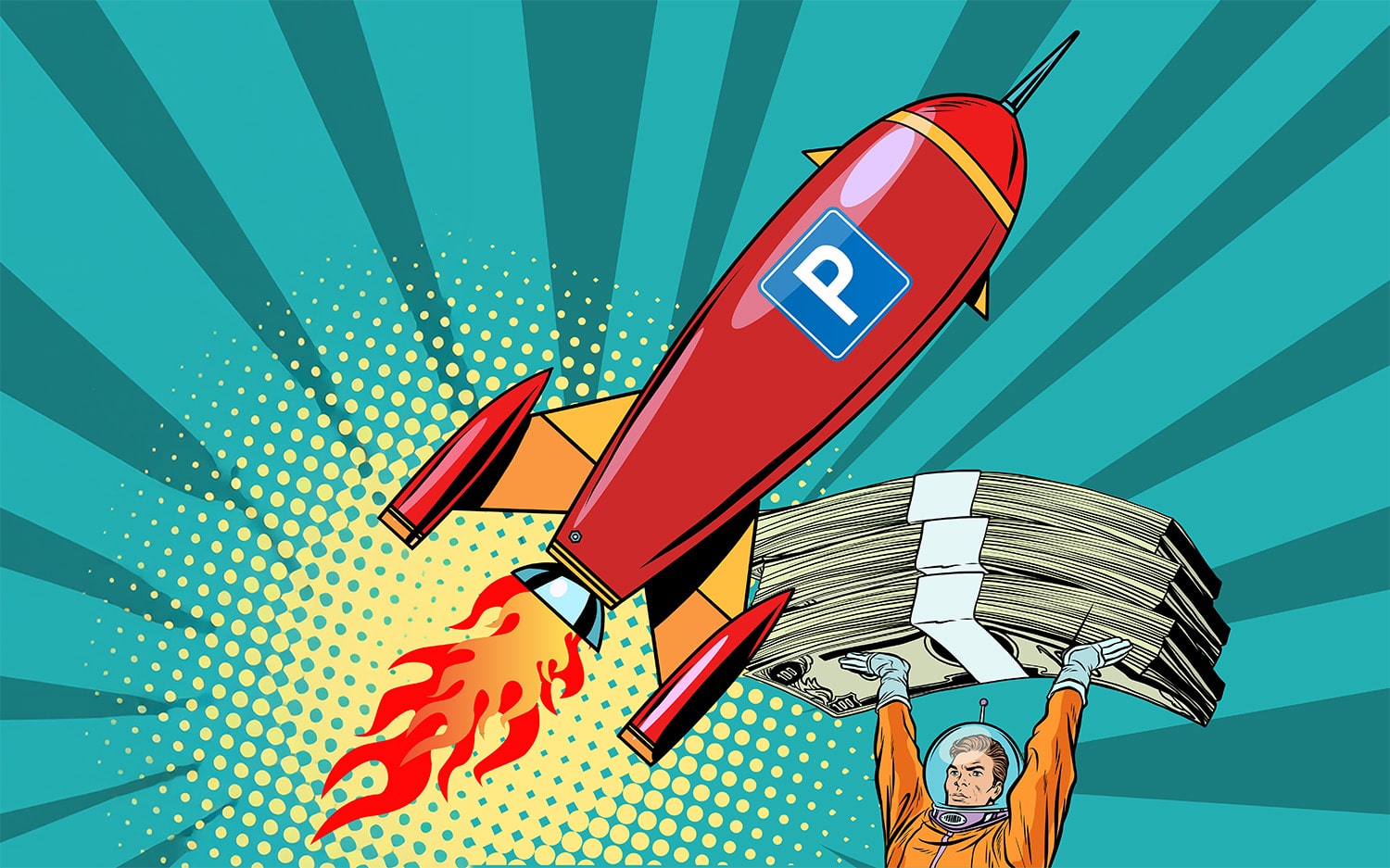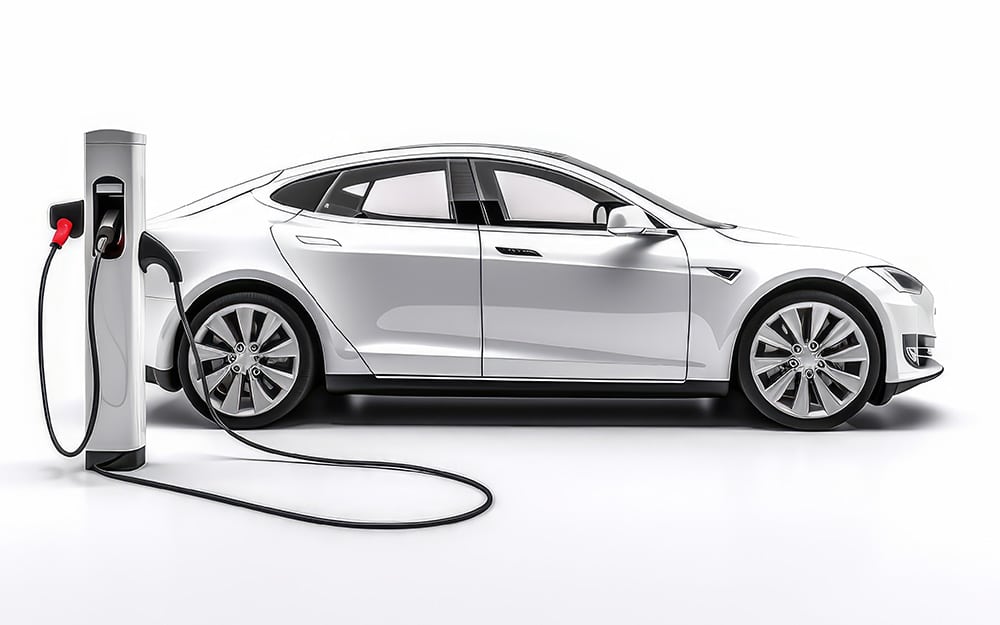
Home » Ask the Experts » What “green” practices can we expect to see more of in the next five years?
Aside from electric and automated vehicle use, what “green” practices can we expect to see more of in the parking and mobility space in the next five years?

Walt Gray
Commercial Development—Parking and GT Director
Houston Airport System
“We are learning battery electric is not the best choice for all shuttle bus operations because this technology does not provide a one-for-one replacement, has a high upfront cost for fueling, and the weight of the vehicles is becoming a concern for our roadway and bridge infrastructure. With the U.S. Government’s backing for hydrogen, I expect to see the hydrogen fuel cell market for shuttle bus operations grow. The hydrogen fuel cell shuttle provides a one-for-one replacement and, depending on the market, has a more economical cost for fueling.”

Debbie Lollar, CAPP
Executive Director
Texas A & M University
“
We can expect more real-time data that will reduce traffic and carbon emissions and make it easier for people to find and choose multimodal options. We will also see more zero-emission mobility devices, like scooters, e-bikes, one-wheels, unicycles, and longboards, to move people short distances.”

Alejandra “Alex” Argudin, CAPP
Chief Executive Officer
Miami Parking Authority
“ I believe that within five years or less, the words eVTOLS and vertiports will be common topics of conversation among those in or on the periphery of urban mobility. Several operators, or eVTOLS, are being developed and tested, and the infrastructures or vertiports where they can take off and land are being sited on suitable parcels of land in key markets across the U.S.”
I believe that within five years or less, the words eVTOLS and vertiports will be common topics of conversation among those in or on the periphery of urban mobility. Several operators, or eVTOLS, are being developed and tested, and the infrastructures or vertiports where they can take off and land are being sited on suitable parcels of land in key markets across the U.S.”

David Sorrell
Transportation Demand Management Administrator (Manager of Commuter and Mobility Programs)
University of California, Berkeley
“Cities and companies both can and should continue to advocate for policies surrounding Transportation Demand Management strategies and programs. Enticing employers and workers with affordable transit passes, plentiful housing near transit, and continued support for alternative modes of mobility and transit is important to manage demand but also promote greener and healthier lifestyles.”

Rob McConnell, PE, SE, LEED Green Associate
VP, Market Leader
WGI, Inc.
“IPMI and USGBC/GBCI are in the early stages of revamping and streamlining the Parksmart sustainable design standard. Once that happens, I expect broader pursuit of Parksmart certification.”

Matthew Kennedy, CAPP
Parking Industry Executive
“Green practices that should see further growth in the parking and mobility space include bike-share and carshare amenities, improved landscaping, energy-efficient lighting upgrades, solar panel installations, a broader reduction of chlorides in snow and ice control operations, and intelligent parking, delivery, rideshare, and transit management systems for the efficient coordination of vehicular movements within streetscapes, airports, and other high demand areas.”

John W. Hammerschlag
President
Hammerschlag & Co., Inc.
“The green practices we can expect to see more of over the next five years include digital communications and less paper; solar and wind to power electrical functions; newer sustainable materials in construction; integration of green infrastructure including green roofs, permeable pavements, and rain gardens; and improved mobility services such as bike-sharing, scooters, and ridesharing.”

Tania Josa Pirretas
Marketing Manager
Urbiotica
“In the next five years, we anticipate the widespread adoption of Low Emission Zones in cities, following the European trend of restricting access for high-emission vehicles in urban centers, especially during periods of elevated pollution, to mitigate the effects of climate change. This change will impact curbside dynamics, driving the development of “Park and Ride” solutions to facilitate commuting.”

Mark A. Vergenes
Consultant
MIRUS Consultants
“I believe with the “remote workplace” becoming more the norm, the structured parking/garage will look to be re-developed in some cities. With that, the use of roofs for solar, additional EV charging stations, roof-top gardens, and other non-parking ideas will emerge in urban settings.”

Christopher Jones, PMC
Operations Manager, Ground & Transportation Parking
The Calgary Airport Authority
“I believe there is a largely unrealized opportunity to implement solar panels on surface lots and the rooftops of parking garages. Many places suffer from a lack of power infrastructure. Solar energy can help supplement the existing grid to speed up EV charger installation, and in colder climates, can also assist with providing power for vehicle block heaters.”

Mike App, AIA, LEED AP, NCARB, ParkSmart Advisor
Director of Architecture
THA Consulting
“Studies have shown that 90% of companies plan to implement a “return-to-office” policy in 2024 (CNBC). However, I think most will still be something we see most people doing now as a hybrid scenario. So, working from home is the biggest factor in the reduction of Vehicle Miles Traveled (VMT) and a “sustainable” or “green” strategy. But for those who are continuing to commute or travel, I see continued and greater use of handheld digital devices (your phone!) to make reservations for parking and charging, navigate to parking and charging, and pay for parking and charging, which will further eliminate wasted time and mileage.”

Jason R. Goldfarb, Esq.
Attorney
Falcon Rappaport & Berkman LLP
“I would expect to see more common use of power management hardware and software to regulate and manage the needs of electric vehicles of other electrical usage in buildings, “BESS” systems which use large batteries to store power taken from the grid or solar power at off-peak times to be used during peak times (aka peak shaving), and wireless charging (no cables, plugs, more efficient use of space, and less physical equipment).”
HAVE A QUESTION? Send it to editor@parking-mobility.org and watch this space for answers from the experts.
The opinions and thoughts expressed by the contributors do not necessarily reflect the opinions and viewpoints of the International Parking & Mobility Institute or official policies of IPMI.


What Will Be the Impact of Technology on Large-Scale Parking Operations?
Learn what the experts have to say.



Modes of Mobility in 2024
Which modes of transit and micro-mobility will have an impact

Are You a Battery … Or a Vacuum?
From the Editor Melissa Rysak, editorrysak@parking-mobility.orgA major factor of sustainability is thinking

Electric Vehicle Charging Operations Research
Preliminary Results





